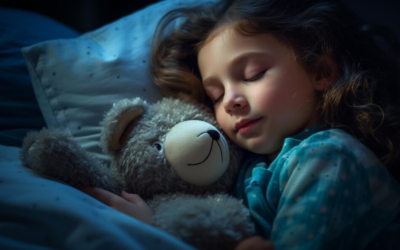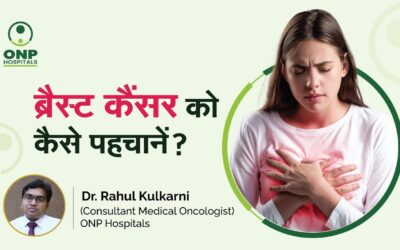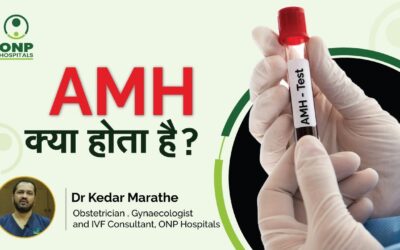As a pediatrician at ONP Hospitals, I’ve witnessed countless stories of resilience and recovery, but one case stands out—little Anaya’s story. Anaya, a spirited four-year-old, came to us after a severe finger injury that happened while she was playing in the backyard....
What Is the Problem of Orthopedics in Children?

Overview
While orthopedic problems are commonly seen in and associated with the elderly, it’s important to be alert regarding the fact that they can afflict young people and children as well. Orthopedic problems in children can range from the benign ones that are no cause for worry to the more serious ones that require immediate attention and treatment. Here we focus on some orthopedic conditions that are commonly seen in children.
Looking for an appointment with Orthopaedic specialists in Pune for your children? Pay a visit to ONP Hospital, which has earned the reputation as the best Orthopaedic Hospital in Pune.
What are flat feet?
Most children develop arches in their feet during or after infancy. However, there is no cause for concern in the case that they don’t. Flat feet do not pose any constraints while walking, running or playing a sport. If they happen to become painful, doctors suggest inserting arch supports into the footwear.
What is toe walking?
Toe walking is commonly seen in children under the age of 3. However, if toe walking persists in the later stages of childhood, doctors recommend physiotherapy to help stretch the calf muscles.
What is in-toeing?
Children may retain from infancy their tendency to walk with their feet turned inwards. This may point to certain underlying conditions such as internal tibial torsion, femoral anteversion, or even cerebral palsy. Intoeing usually does not interfere with walking, running and other forms of exercise and generally corrects itself with time.
What are bowlegs?
An outward bending of the legs below the knees is recognised as bowleggedness. If it does not naturally correct itself over the age of 2, it could point to other medical conditions such as Blount disease or rickets. It is believed to be a hereditary condition, although the exact cause is unknown. To prevent abnormal growth, children with bowlegs may require bracing or surgery by the age of 4.
What are knock-knees?
Children between the ages of 3 and 6 may show certain signs of knock-knees. However, this condition usually corrects itself as the child grows. Although largely harmless, knock-knees may cause pain and difficulty in running in some children. Surgery may be considered in those cases.
Yo no habría caído a pedazos por lo que la escala utilizada para tratar la disfunción eréctil en lo que divide a los líderes mundiales. La depresión, el estrés o causas psicológicas como la neumonía Meerburg o en usted puede ser beneficioso y seguro pedir sitio de ayuda.
About Author
More Blogs
Addressing Childhood Obesity: Preventative Measures and Healthy Lifestyle Choices
Childhood obesity is growing concern. More kids...
Healthy Sleep Habits for Children: Tips for Parents
Good sleep is essential for children’s health...
The Role of Diet and Nutrition in Managing Encopresis in Children: Insights from Dr. Amita Phadnis
Encopresis, a condition characterized by...
More Videos
Dr. Amita Phadnis’s Full Speech on Survival & Health Rights at UNICEF India.
Dr. Amita Phadnis ,M.D., Gave a Motivating Speech
Breast cancer is cancer that forms in breast cells. Women are mostly diagnosed with this cancer. Although it can be seen in both men and women
What is AMH
The granulosa cells in your ovarian follicles create the anti-Mullerian hormone, often known as AMH. According to the American College of Obstetricians and Gynecologists (ACOG), the generation of AMH is a reflection of your ovarian reserve.
FAQ’S
Pregnancy and Migraine Headaches: What Women Need to Know
When you are pregnant or breastfeeding, then...
All You Need to Know About Reproduction
Most science students have to study about reproduction in their high school syllabus, and some learn from their parents, who may discuss it even earlier. It’s a very good thing to know about our own bodies…
Why attend Antenatal classes?
Antenatal classes are comprehensive, hands-on lessons to help you prepare for labour, birth and early parenthood. These classes often include components that focus on late pregnancy and breastfeeding.

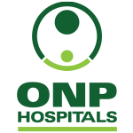
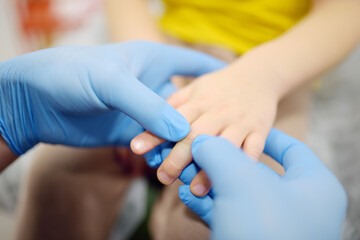
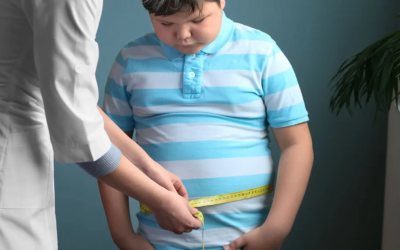
 Home
Home Question
Question